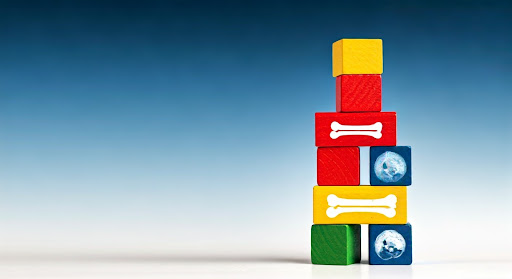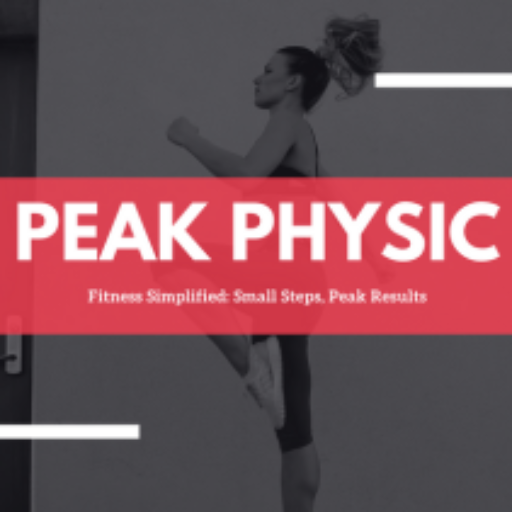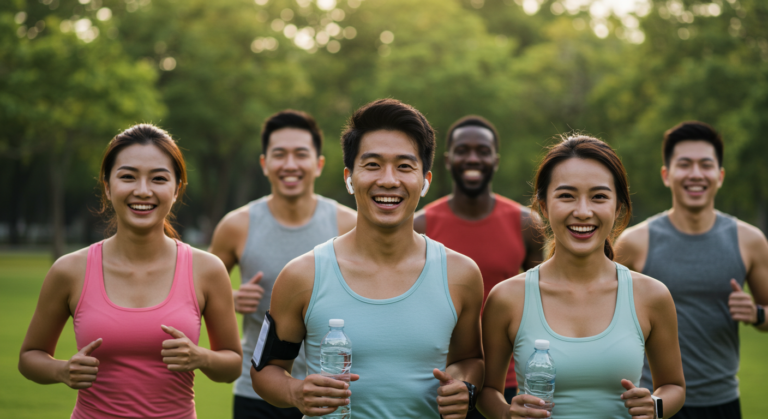Strong bones form the foundation of an active, independent life. Whether you’re in your 20s or 60s, understanding your bone density and adopting habits to protect it can prevent fractures, reduce osteoporosis risk, and keep you moving with confidence. In this guide, we’ll break down bone density testing and share actionable, science-backed strategies to strengthen your skeletal health.
Part 1: Understanding Bone Density Testing
What Is a Bone Density Test?
A bone density test (DXA or DEXA scan) is a painless, non-invasive X-ray that measures the mineral content in your bones, typically focusing on the hip, spine, or forearm. It’s the gold standard for diagnosing osteoporosis and assessing fracture risk.
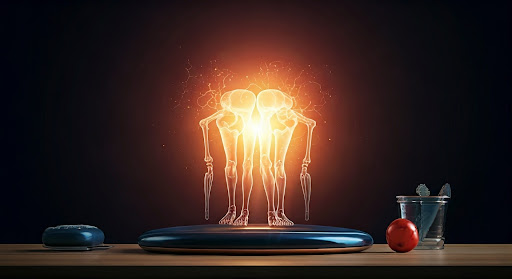
Who Should Get Tested?
The National Osteoporosis Foundation recommends testing for:
- Women aged 65+ and men aged 70+
- Postmenopausal women under 65 with risk factors (e.g., smoking, low body weight)
- Anyone with a history of fractures or conditions like rheumatoid arthritis
- People taking long-term steroids or medications that weaken bones
Interpreting Your Results
Your results are reported as two scores:
- T-score: Compares your bone density to a healthy 30-year-old.
- -1.0 or above: Normal
- -1.1 to -2.4: Osteopenia (low bone mass)
- -2.5 or below: Osteoporosis
- Z-score: Compares your bone density to others your age. A very low Z-score may signal an underlying health issue.
Regular screenings every 1–2 years help track changes, especially if you’re at risk or undergoing treatment.
Part 2: How to Build Bone Density: Science-Backed Strategies
Bone is living tissue that remodels itself constantly. With the right habits, you can boost bone formation and slow age-related loss. Here’s how:
1. Exercise: The Ultimate Bone Stimulator
Physical activity is the most effective way to trigger bone growth. Focus on:
- Weight-Bearing Exercises
- High-impact: Running, jumping rope, tennis (ideal for younger adults or those with strong bones).
- Low-impact: Brisk walking, stair climbing, elliptical training (gentler for older adults or joint issues).
- Frequency: Aim for 30 minutes daily, 5 days a week.
- Strength Training
- Use resistance bands, free weights, or bodyweight exercises (squats, lunges, push-ups).
- Target major muscle groups 2–3 times weekly.
- Balance Work
- Try yoga, Tai Chi, or single-leg stands to prevent falls.
- Even 10 minutes daily improves stability.
Pro Tip: Combine aerobic and resistance exercises for maximum benefit. For example, alternate walking days with weightlifting sessions.
2. Nutrition: Fuel Your Bones
Your bones need specific nutrients to stay dense and resilient:
- Calcium
- Daily Needs: 1,000 mg (ages 19–50), 1,200 mg (51+).
- Sources: Dairy (milk, yogurt), leafy greens (kale, bok choy), fortified plant milk, sardines.
- Vitamin D
- Daily Needs: 600–800 IU (15–20 mcg).
- Sources: Sunlight (10–30 minutes midday), fatty fish (salmon, mackerel), eggs, supplements.
- Protein
- Daily Needs: 0.8–1.0 g per kg of body weight.
- Sources: Lean meats, tofu, lentils, Greek yogurt.
- Magnesium & Zinc
- Found in nuts, seeds, whole grains, and legumes.
Meal Idea: A spinach omelet with salmon and a side of almonds covers calcium, vitamin D, protein, and magnesium in one meal!
3. Lifestyle Adjustments
Small changes make a big difference:
- Quit Smoking: Smoking reduces blood flow to bones and slows healing.
- Limit Alcohol: Stick to ≤1 drink/day for women, ≤2 for men.
- Maintain a Healthy Weight: Being underweight raises fracture risk; excess weight strains joints.
- Prioritize Sleep: Aim for 7–8 hours nightly—bone repair peaks during deep sleep.
4. Supplements & Safety
- Consider Supplements: If diet falls short, calcium citrate or vitamin D3 supplements can help (consult your doctor first).
- Collagen: Emerging research suggests collagen peptides may improve bone density.
- Fall-Proof Your Home: Remove tripping hazards, install grab bars, and ensure proper lighting.
Part 3: Special Considerations
- For Women: Estrogen decline during menopause accelerates bone loss. Discuss HRT or bone-preserving meds with your doctor.
- For Men: Low testosterone can weaken bones—get levels checked if you have fatigue or muscle loss.
- For Vegetarians/Vegans: Monitor vitamin B12 and calcium intake; opt for fortified foods.
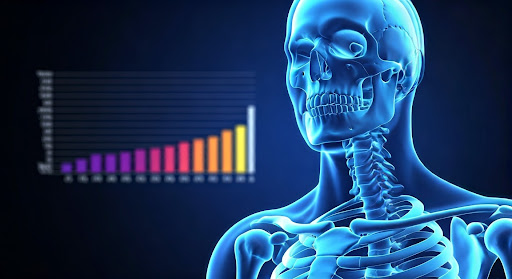
Putting It All Together
Building bone density is a lifelong journey. Start with a DEXA scan to assess your baseline, then create a plan combining exercise, nutrient-rich meals, and healthy habits. Even small steps—like adding a daily walk or swapping soda for milk—add up over time.
Remember: It’s never too late to invest in your bones. With consistency, you can reduce fracture risk, stay active, and enjoy life to the fullest.
Got questions? Share them in the comments below! Let’s build a community focused on strong, resilient living. 💪🦴
